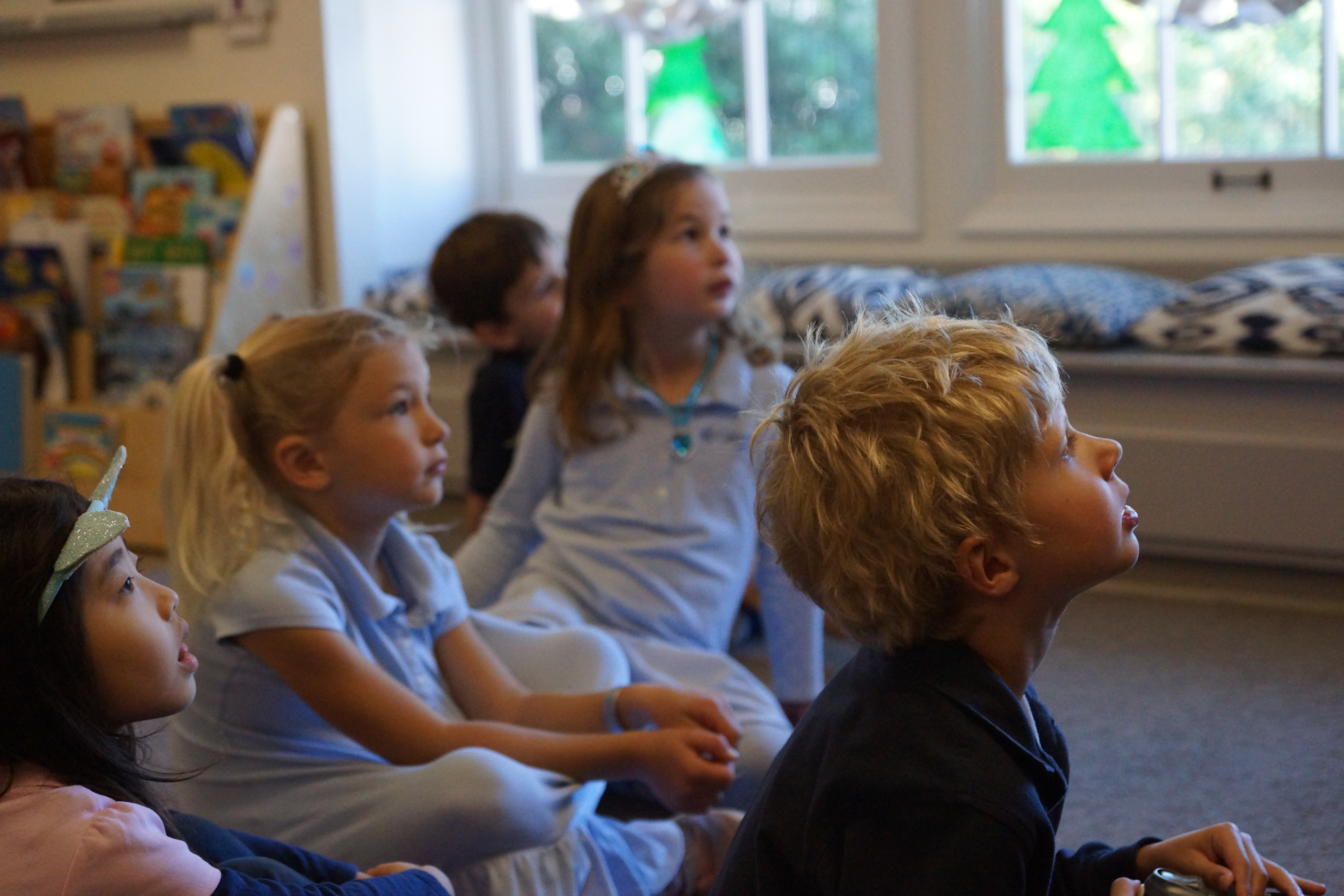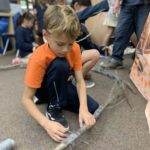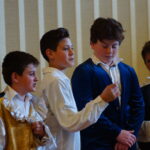
Understanding the Constructivist Classroom
Now more than ever, it is crucial that children learn how to become creative and empathetic solution builders, and the development of the skills needed for success can begin as early as preschool. In order to give children the opportunity to hone their creative problem-solving skills, it is important for them to be allowed to construct their own knowledge and understanding of the world through both experience and reflection on those experiences. This approach is referred to as constructivist learning, hands-on learning, or learning by doing, and it can involve a wide variety of teaching techniques and activities.
The Constructivist Classroom
Unlike more traditional classrooms where teachers deliver facts for students to memorize, many of the activities in constructivist classrooms are inquiry-driven and drive students to research, define, analyze, and communicate ideas. As students form and test their ideas, applying new information to their own observations and experiences, they construct knowledge and develop deeper understanding. This way of learning is essential to successful problem-solving, creativity, and critical thought.
Benefits of Constructivist Learning
- Students are engaged, so they enjoy learning and school
- The focus is on HOW to think, not WHAT to think
- Knowledge is transferable across subjects and to real-life situations
- Students are given ownership of what and how they learn
- Curiosity and creativity are nurtured
- Social and communication skills are developed
The Right Balance
A constructivist approach need not (and should not) sacrifice core curricular content, especially in the areas of reading, writing, and mathematics. That said, it is still important to look for approaches to teaching this core content that have a strong focus on the why and the how, rather than rote memorization. Some fantastic and well-researched programs that do just that include: Singapore Math, Social Studies Alive!, and the Lucy Calkins Reading and Writing Workshops.
When schools balance such content with a constructivist way of learning, elementary students not only develop a love of learning, but they are exceptionally well-prepared for any type of middle school environment and, in turn, the real world of their futures.




